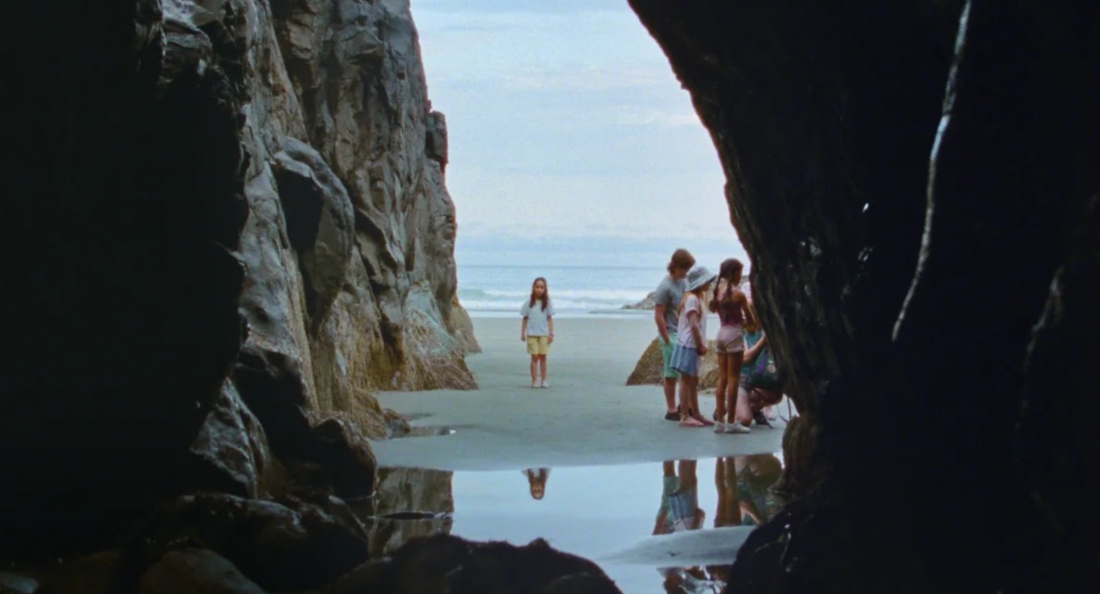Critipeg: Seagrass
★★★★½ out of five
It can be an effort to sit through a slow-moving, character-driven film where nothing really happens. Seagrass is an exception.
Set in the 1980s, the film follows an inter-racial (Japanese-Canadian) family. They are attending a marriage-and-family retreat on the coast of British Columbia at the behest of wife and mom Judith (Ally Maki), also dealing with her mother’s death, and begrudg- ing husband and dad Steve (Luke Roberts), whose patience with her grief is waning.
Written and directed by award-winning Canadian filmmaker Meredith Ha- ma-Brown, this debut feature explores Japanese internment during the Second World War through the eyes of a family dealing with racism and generational trauma.
Shot with a generous amount of Stea- dicam, the vérité style forges an intimate viewer connection with each character’s journey. Predictable at times and full of common tropes, the film is nonetheless a stunning portrait of a family battling an invisible enemy.
The film opens on a B.C. ferry. Sisters Stephanie (Nyha Huang Breitkreuz) and Emmy (Remy Marthaller) are at play, the camera bouncing around as they dart about the deck.
The tone is serene, playful and beautiful. The overexposed lighting transitions the family into a seemingly ethereal space. The parents, silent and tense, haven’t left the vehicle.
Arriving at the retreat, the scene is quickly set. The attending children are aggressive, unsupervised, white and, yes, racist. The two girls are separated into groups, left to navigate this hostile world alone as their parents sort their issues in group therapy.
The girls feel emotionally abandoned, and the parents are challenged by another Japanese-Canadian couple in their group. And here’s where the trauma begins to unravel.
The scenes are intercut with shots of the coastline. Not unlike the second season of The White Lotus, the high waves crashing languidly in slow motion against the rocks foreshadow the family’s tumult.
A legend told by the island children of a certain cave piques Emma’s interest. If you stare inside and think of a dead person, they will come back to haunt you.
As the youngest, more sensitive daughter, Emma is drawn to the curious cave. Peering squeamishly inside, the camera switches to her point of view, drawing the audience within.
Throughout the rest of the film, Emma appears haunted by her deceased grandmother. The atmosphere itself is achieved through off-kilter, slow-moving camerawork – an unseen force creeping through the darkness and into the cottage.
When Judith hits a breaking point after drinking and fighting with Steve, she explodes with the force of pent-up generational pain suffered by her family.
Her rage scatters her daughters into the wilderness, and Emma follows the siren call of the cave, as her sister cowers on a near-by rooftop. The family unites in a frantic search for Emma, ending in a denouement that is at once mundane and difficult.
The characters respond to each other’s verbal and physical slings with heartbreaking vulnerability. The family is painfully authentic, with interactions among them uncomfortably relatable.
Tender, whimsical and heartbreaking, Seagrass is a gorgeous and challenging story of the traumas that inextricably link generations together, as much as it tears them apart. Hama-Brown is an incredible storyteller, using her tools to create an engaging visual experience.
Published in Volume 78, Number 20 of The Uniter (March 7, 2024)








